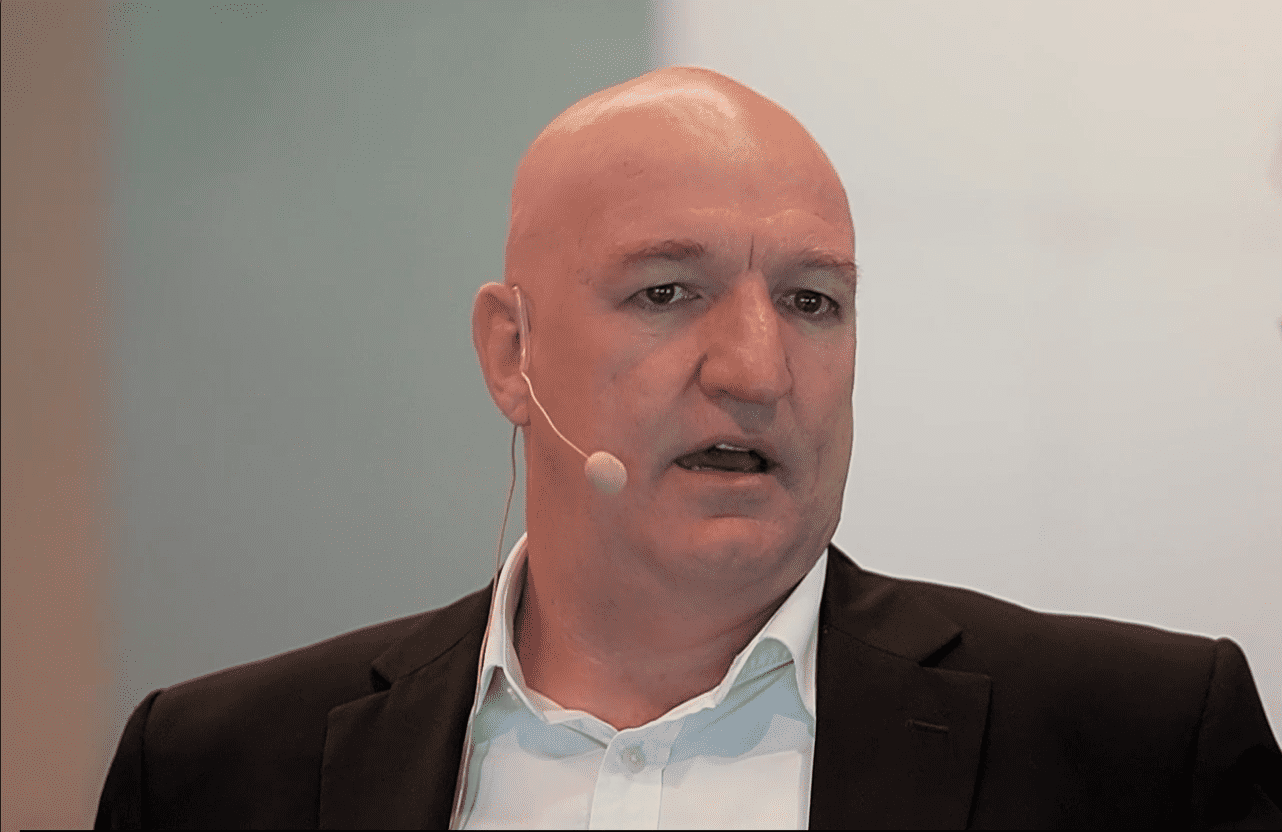For many Australians, $1 million in superannuation has become a psychological benchmark for retirement. It sounds like a neat, round number – and a safe one. However, the truth is more nuanced.
Everyone's retirement is personal, shaped by lifestyle choices, living costs, other income sources, and investment strategy. While $1 million might be more than enough for some, others may need more – or less – depending on their plans.
The superannuation question
Super is designed to help you fund your retirement years. How much you need in your super account will depend on factors such as whether you own your home, your expected expenses, and your eligibility for the Age Pension.
Industry bodies often provide guidance on "comfortable" and "modest" retirement income levels, but these are averages, not rules. It's important to remember that your investments, both inside and outside super, can also play a role in meeting your goals.
The role of investing before retirement
While dividend income is often a focus for those in retirement, there's an argument for prioritising growth during your working years. By building your portfolio value earlier, you can give compounding more time to work. This can mean starting with a growth-oriented portfolio – perhaps through quality shares, exchange-traded funds (ETFs), or managed funds – before gradually shifting towards income-focused investments later in life.
This approach can be particularly effective if you maintain discipline and avoid "lifestyle creep", where higher earnings lead to higher spending instead of higher savings.
Smart dividend investing for income
When the time comes to draw on your investments, dividend-paying shares can help generate reliable income. Fully franked dividends can also provide tax advantages for some retirees.
A diversified portfolio of dividend shares and income-focused ETFs can help smooth out the ups and downs of individual company performance. For example, some retirees use a core holding of broad-market or high-yield ETFs, complemented by selected individual shares with strong dividend track records like Telstra Group Ltd (ASX: TLS), Commonwealth Bank of Australia (ASX: CBA), and Washington H. Soul Pattinson and Co Ltd (ASX: SOL).
The power of compounding
Regardless of your chosen strategy, the earlier you start investing, the greater the impact of compounding returns. Regular contributions, even modest ones, can snowball into significant sums over decades. As author Morgan Housel puts it, "save like a pessimist, invest like an optimist."
This principle applies whether you aim for $1 million in superannuation or any other target. The key is consistent saving and smart investing – letting time and discipline do the heavy lifting.
Foolish bottom line
There is no one-size-fits-all answer to the $1 million question. Your retirement comfort will depend on your spending habits, lifestyle choices, and the income your investments can produce. Whether your number is higher, lower, or right on that mark, the important thing is to start early, keep investing, and stay focused on the long term.









